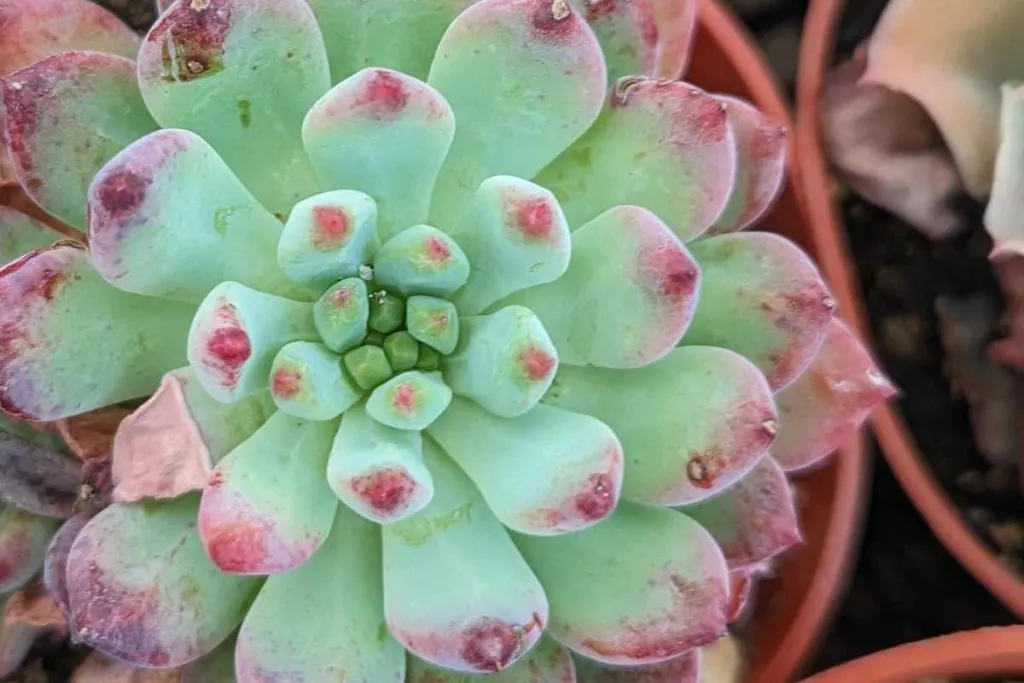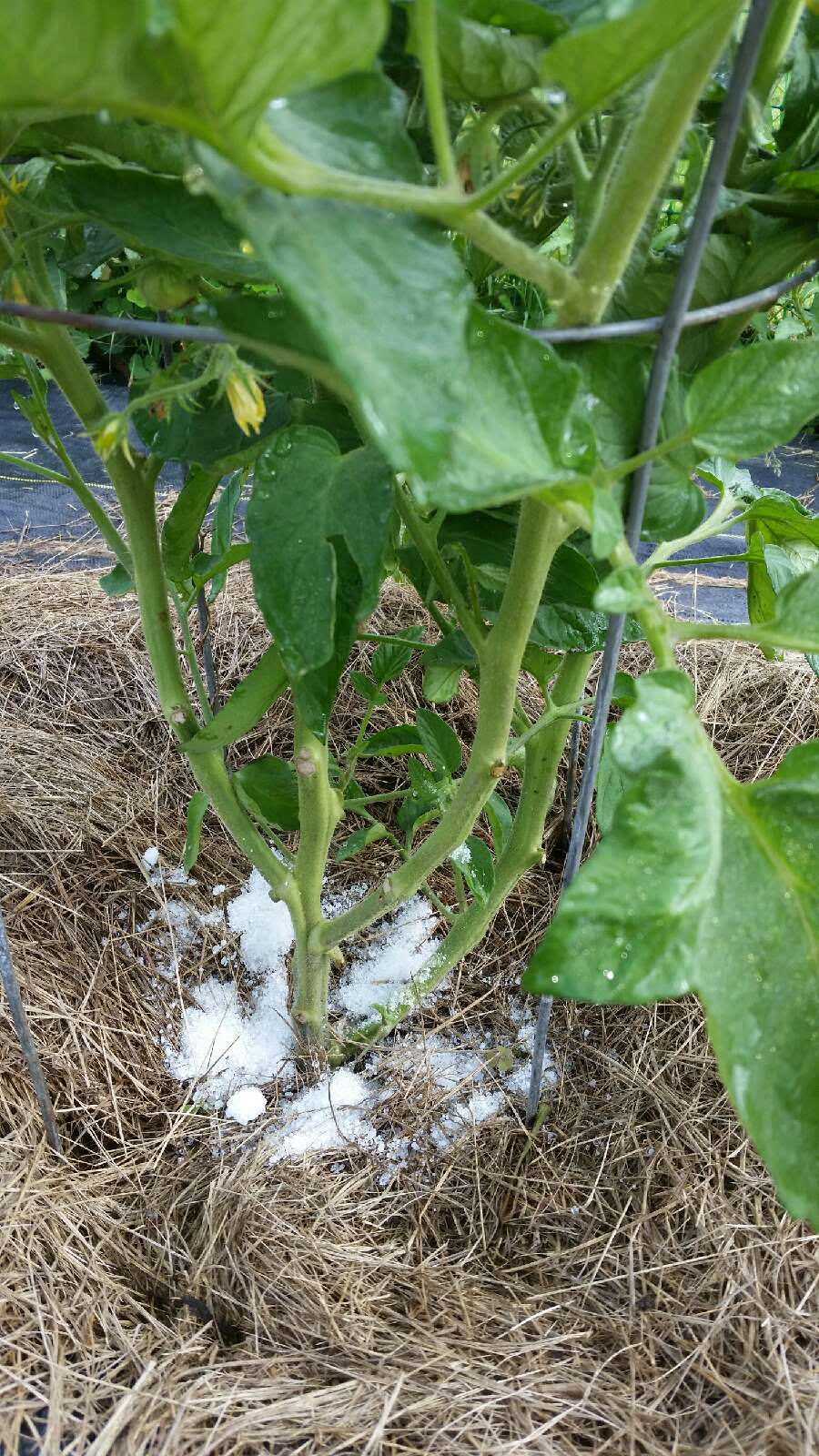Recognizing What Plants Don't Like Epsom Salt for Healthier Gardens
Recognizing What Plants Don't Like Epsom Salt for Healthier Gardens
Blog Article
Learn About the Specific Plants That Are Negatively Influenced by Epsom Salt Application
Epsom salt, a prominent home treatment for various gardening troubles, is usually praised for its advantageous effects on plant growth. Nonetheless, not all plants react favorably to its application. Understanding the certain plants that can be detrimentally affected by Epsom salt is essential for any gardener seeking to enhance their plant care routine. Roses, tomatoes, peppers, azaleas, and rhododendrons are just a couple of instances of plants that might not react well to Epsom salt. The reasons behind these negative impacts and how to alleviate them are vital understanding for keeping a growing yard.
Roses

Roses, particularly conscious adjustments in their atmosphere, can be adversely impacted by the application of Epsom salt. While Epsom salt is commonly made use of as a fertilizer to advertise plant growth and enhance blooming, roses are one of the plants that do not react well to its application. The high magnesium material in Epsom salt can disrupt the uptake of various other crucial nutrients by the rose plants, causing deficiencies that materialize as yellowing leaves or stunted development.

Tomatoes
Tomatoes, known for their convenience in culinary applications, can display adverse results when subjected to Epsom salt as a result of their particular nutrient needs. While Epsom salt is usually proclaimed as a solution for various plant problems, consisting of bloom end rot in tomatoes, its application can result in detrimental outcomes if not utilized deliberately. Tomatoes are heavy feeders that require a balanced intake of nutrients, particularly calcium, to prosper. Extreme Epsom salt, which is magnesium sulfate, can interfere with the delicate nutrient equilibrium needed by tomatoes, potentially causing shortages in various other crucial nutrients like calcium. This discrepancy may manifest in signs such as stunted development, yellowing fallen leaves, or perhaps minimized fruit production in tomatoes. As a result, when taking into consideration making use of Epsom salt on tomatoes, it is crucial to stick to recommended application prices and dirt screening to stop unintended consequences on the general health and productivity of these beloved garden plants.
Peppers
Peppers, revered for their numerous colors and degrees of spiciness, can show susceptibility to unfavorable influences from Epsom salt when not applied with treatment and consideration for their specific nutritional needs. what plants don't like epsom salt. Peppers, belonging to the Solanaceae family members, need a delicate equilibrium of nutrients to prosper. While Epsom salt is understood to improve magnesium levels in plants, too much application can disrupt this equilibrium, leading to adverse effects on pepper plants
When peppers are exposed to high degrees of magnesium from Epsom salt, it can hinder the plant's capability to take in other vital nutrients like calcium and potassium. This imbalance may show up in signs my link such as leaf discoloration, stunted development, and decreased fruit manufacturing. Additionally, the extreme magnesium can alter the soil pH, further aggravating nutrient uptake issues for peppers.

Rhododendrons
Offered the sensitivity of certain plant species to discrepancies brought on by Epsom salt, it is necessary to think about the effect on Rhododendrons, which likewise require particular nutrient levels to flourish. Rhododendrons are acid-loving plants that like acidic dirt problems with a pH array between 4.5 and 6.0. Epsom salt, chemically referred to as magnesium sulfate, can change the soil pH and disrupt the fragile equilibrium of nutrients important for Rhododendron health.

To preserve the optimum development and health of Rhododendrons, it is essential to avoid the unplanned use Epsom salt and instead concentrate on offering the specific acidic dirt problems and nutrients that these plants require for prospering.
Azaleas
These popular blooming plants are frequently found in gardens, landscapes, and parks due to their beauty and adaptability. While Epsom salt is frequently utilized as a remedy for magnesium shortage in plants, its application to azaleas can have negative effects.
Azaleas favor slightly acidic soil problems, and an excess of magnesium from Epsom salt can interrupt this equilibrium, leading to nutrient inequalities and potential toxicity problems. The inaccurate application of Epsom salt can result in stunted growth, yellowing of leaves, and overall decline in the health and wellness of azaleas.
Verdict
In final thought, it is necessary to be mindful of the particular plants that can be detrimentally affected by the application of Epsom salt. Roses, tomatoes, rhododendrons, azaleas, and peppers are some examples of plants that might not take advantage of Epsom salt and might also suffer harm. It is vital to research and recognize the needs of each plant types prior to using Epsom salt as a fertilizer to guarantee their wellness and wellness.
Understanding the certain plants that can be detrimentally affected by Epsom salt is essential for any gardener looking to optimize their plant treatment routine. While Epsom salt is typically utilized as a plant food to advertise plant development and navigate here enhance flowering, roses are one of the plants that do not react well to its application.Too much use of Epsom salt can also result in a build-up of salts in the soil, leading to root damage and dehydration of the rose plants. While Epsom salt is known to increase magnesium degrees in plants, too much application can look what i found disrupt this equilibrium, leading to unfavorable impacts on pepper plants.
The high salt material in Epsom salt can likewise dry out Rhododendron roots, triggering additional anxiety and damages to the plant. (what plants don't like epsom salt)
Report this page